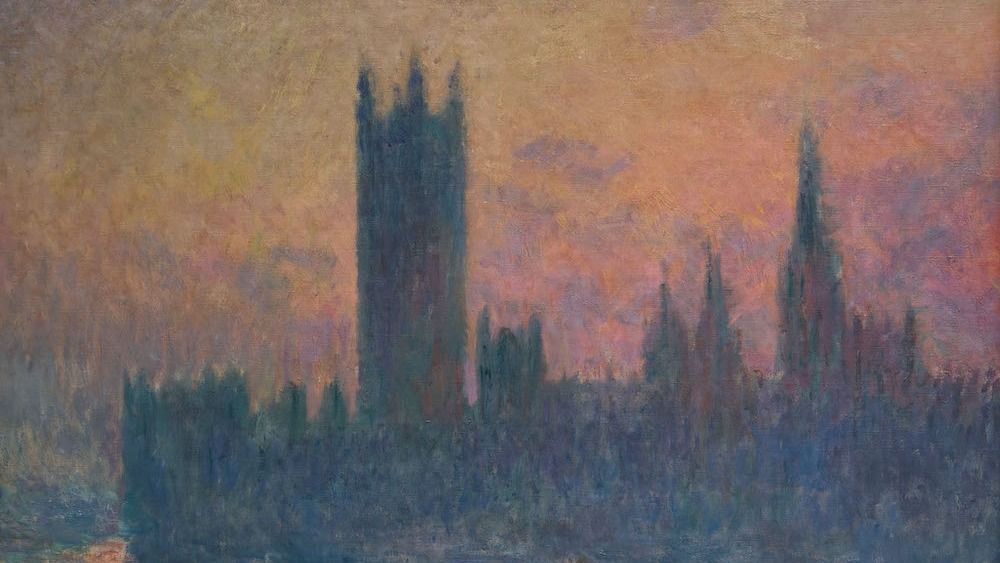It’s no secret that the works of Impressionist masters like Claude Monet and Joseph Mallord William (J. M. W.) Turner are renowned for their dreamlike quality. But a new study suggests that the hazy, atmospheric scenes they painted weren’t just a figment of their imagination – they were capturing a very real environmental disaster: air pollution.
In a study published in the Proceedings of the National Academy of Sciences, researchers examined approximately 100 artworks by the two impressionist painters, who dominated the art scene between the mid-18th and early 20th centuries. The team discovered that what some art enthusiasts had long believed was Monet and Turner’s style of painting was actually them “capturing changes in the optical environment” that were associated with a decrease in air quality as coal-burning factories began dotting European cities and spewing pollutants into the air.
The scientists focused on local sulfur dioxide emission levels in London and Paris during this time period and the ways air pollution can interact with light, such as by reducing the contrast of objects viewed against a background and by increasing the intensity or “whiteness” of an image. They determined that the artists’ vision wasn’t the cause of this trend toward hazier artworks, and that air pollution was the culprit.
Over Turner and Monet’s careers, the researchers noticed that the contours of their paintings became hazier, the palette appeared whiter and the style transformed from more figurative to more impressionistic. This transformation accorded with physical expectations of how air pollution influences light.
The artists’ hazy, polluted scenes were then translated into some of Monet’s and Turner’s most renowned paintings, including Monet’s “The Houses of Parliament, Sunset” (1903) and Turner’s “Rain, Steam, and Speed – The Great Western Railway” (1844).
This study highlights that Impressionism contains certain elements of polluted realism, and that our surroundings influence what we see, how we feel and what we focus on. Maybe a modern Turner or Monet would help us see other novel phenomena in our environment, like climate change.
Join us in this blog post as we explore how air pollution influenced the works of two of the most renowned Impressionist painters. We’ll discuss the physical effects of air pollution on light, how this affected the art of Monet and Turner, and how this can help us understand our own environment better.
Source: www.livescience.com
